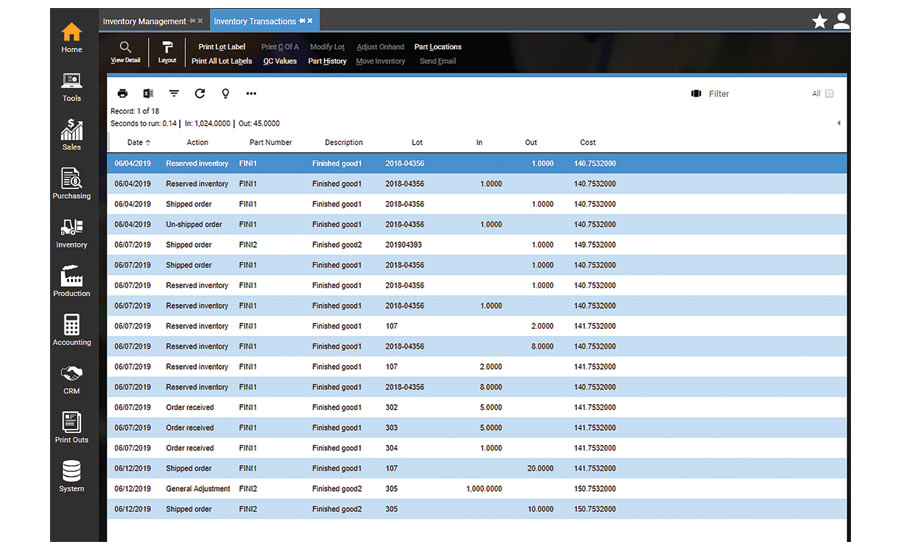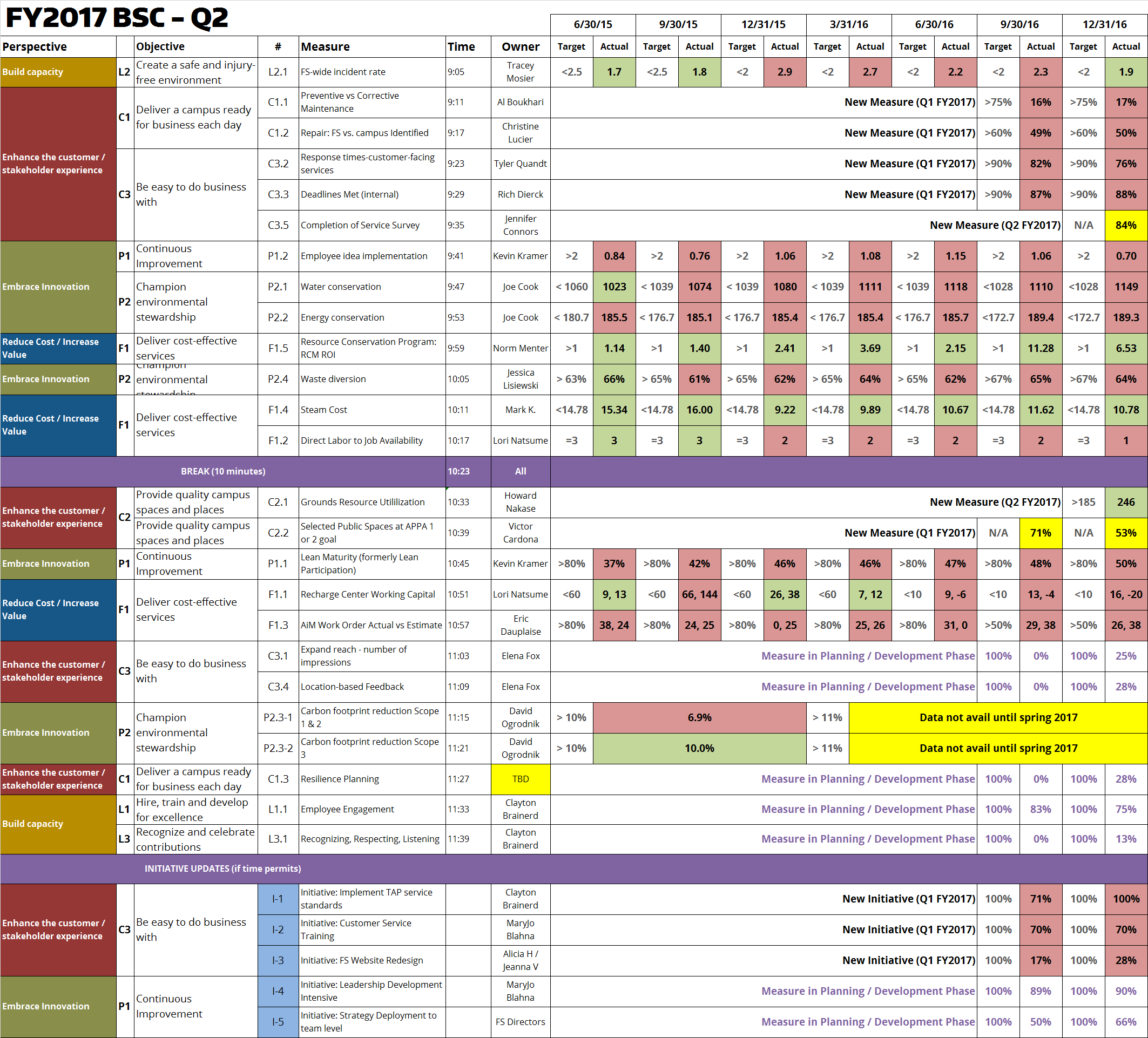


Strengths and weaknesses are internal factors (things you can control), like team members, software, and geographic location.SWOT works because it helps you evaluate your business by considering multiple factors: SWOT is an acronym for “Strengths, Weaknesses, Opportunities, and Threats.” What is a SWOT analysis?Ī SWOT analysis is a high-level strategic planning model that helps organizations identify where they’re doing well and where they can improve, both from an internal and an external perspective. Download our strategic planning tools-including a SWOT analysis template.Īfter completing your SWOT analysis, jump right into outlining your strategy with these free strategic planning templates.What should you do with your SWOT analysis?.

So, what is a SWOT analysis, how do you create one, and what do you do with it? In this article, we’ll explain it all (and share some SWOT analysis examples to boot) from start to finish. Today, the SWOT analysis is one of the most important concepts in the business world and is widely used by all types of organizations to help build a strategic plan. Thus the origination of the SWOT analysis. Something had to be done.Īlbert Humphrey of the Stanford Research Institute determined in the 1960s to identify why corporate planning consistently failed. Many organizations have failed at trying to get everyone on the same page and agree to the details of a plan-more often than not, their efforts proved to be both ineffective and time consuming. It was concluded that for pubescent male athletes, a 1-day-a-week maintenance program is sufficient to retain strength during the competitive season.Historically, corporate planning has always been difficult. However, no significant differences were revealed between groups for the leg press or pull-up. Following the 12-week in-season maintenance program, significant differences (p < 0.05) were observed between the control group and both training groups for the bench press. The preseason strength training program revealed significant increases (p < 0.05) for all groups in upper (bench press) and lower (leg press) body strength and dynamic upper body muscular endurance (pull-up). Group 1 (n = 7) lifted weights 1 day a week, Group 2 (n = 8) lifted weights 2 days a week, and a control group (n = 6) did not train during this 2nd 12 weeks. The subjects completed 12 weeks of preseason, progressive strength training 3 days a week and were assigned to 1 of 3 experimental groups for an additional 12 weeks of in-season maintenance training. This study examined the effects of training frequency on strength maintenance in 21 trained pubescent male baseball players (mean age 13.25 ± 1.26 yrs).


 0 kommentar(er)
0 kommentar(er)
